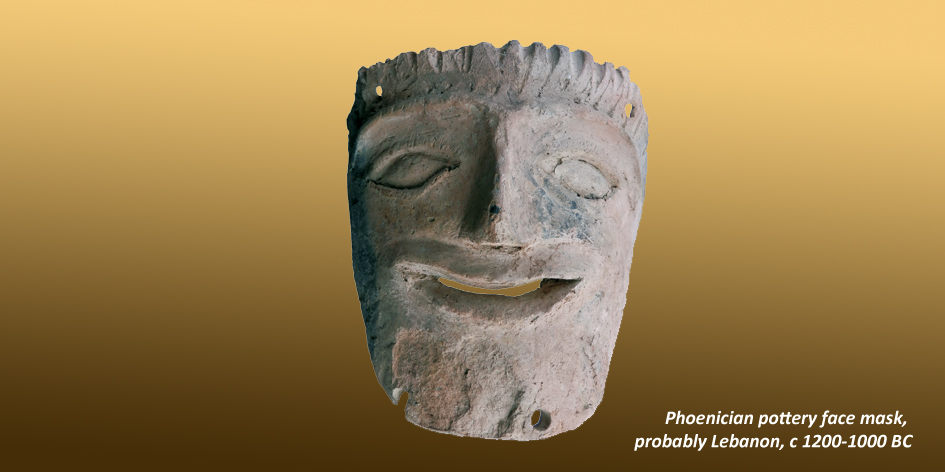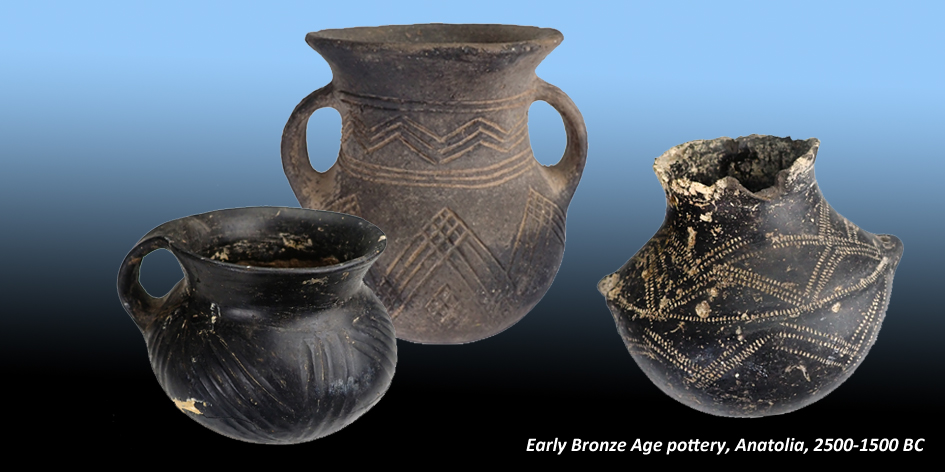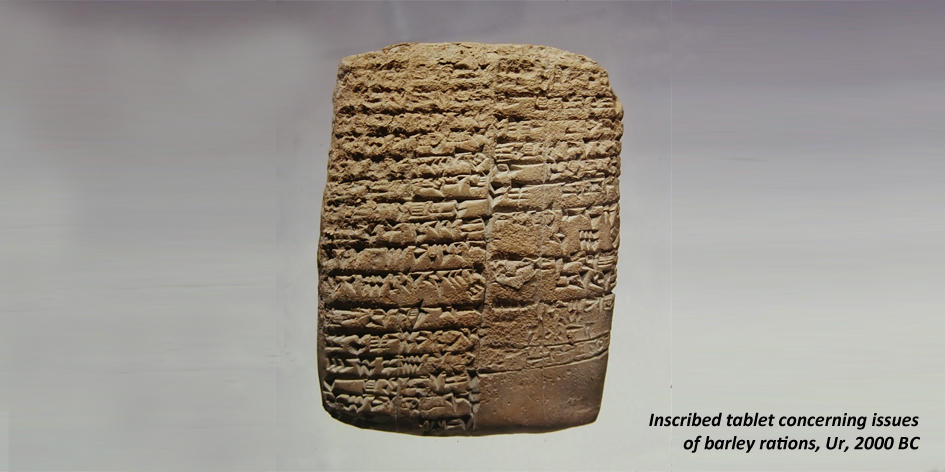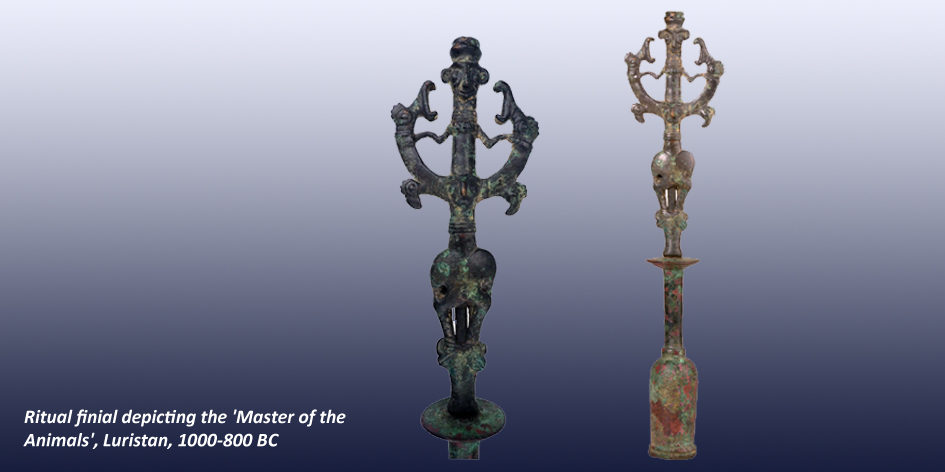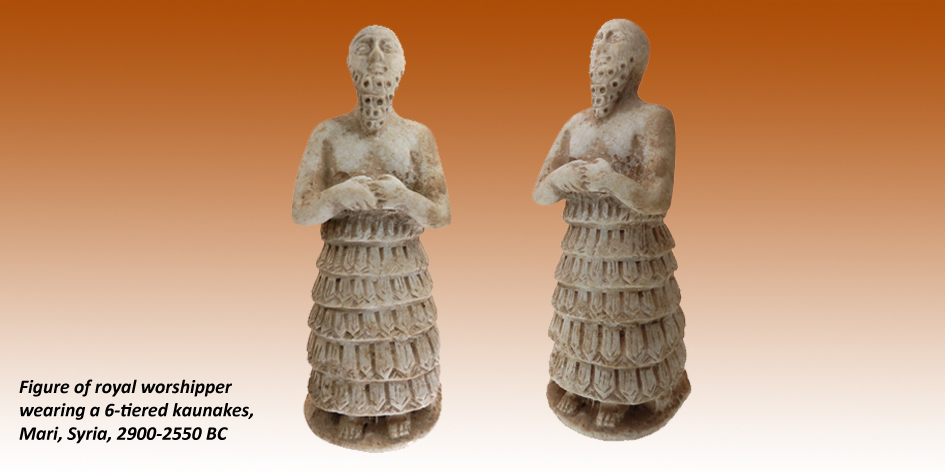The Ancient Near East
Mesopotamia – the land between the Two Rivers – the Tigris and Euphrates, was home to the Sumerians, and later the Babylonians and the Assyrians whose armies challenged Egypt for supremacy. Possibly the first writing was developed in Mesopotamia or the Levant. Glass was probably first produced in Syria. The island of Cyprus, an important source of copper in the ancient world, also became famous for its glassware.
The Bronze Age city of Troy competed for trade with Mycenaean Greece and the Hittite empire. In Turkey, the Hittite empire in Anatolia became a major power.
However, after c. 1180 BC during the Late Bronze Age collapse, the Hittites splintered into several independent Syro-Hittite states, some of which survived until the 8th century BC before succumbing to the Neo-Assyrian Empire, which in turn gave way to the great Persian empire.
The Museum has a large collection of Mesopotamian, Syrian, Cypriote and Anatolian cuneiform tablets, seals, ceramics, figurines and metalwork, as well as bronzes from Luristan in Iran. Some of these were donated in 2017 by a German archaeologist, Vera Windau-Heath.
Feature Collections
The Ancient Worlds
Arts of Asia
- The Triumph of Islam
- China - Land of the Dragon
- Japan - Shadow of the Shoguns
- India and South East Asia
Arts in the Abbey
- European Works of Art
- Bling though the Ages
- Illuminated Manuscripts
- Ladies of Fashion
- Glassware
- Art of Light - Stained Glass
Ages of Europe


